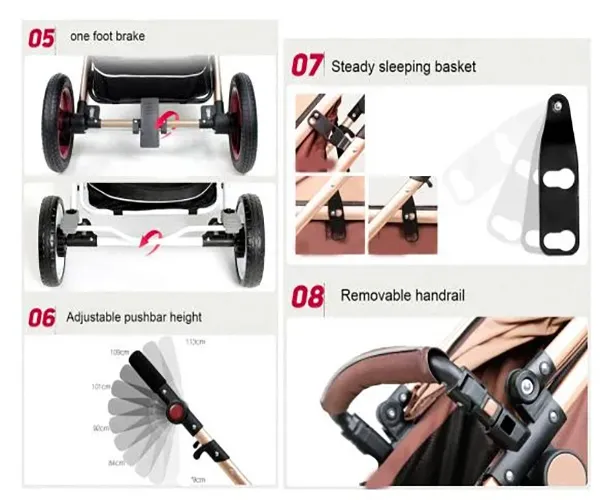
- Afrikaans
- Albanian
- Amharic
- Arabic
- Armenian
- Azerbaijani
- Basque
- Belarusian
- Bengali
- Bosnian
- Bulgarian
- Catalan
- Cebuano
- Corsican
- Croatian
- Czech
- Danish
- Dutch
- English
- Esperanto
- Estonian
- Finnish
- French
- Frisian
- Galician
- Georgian
- German
- Greek
- Gujarati
- Haitian Creole
- hausa
- hawaiian
- Hebrew
- Hindi
- Miao
- Hungarian
- Icelandic
- igbo
- Indonesian
- irish
- Italian
- Japanese
- Javanese
- Kannada
- kazakh
- Khmer
- Rwandese
- Korean
- Kurdish
- Kyrgyz
- Lao
- Latin
- Latvian
- Lithuanian
- Luxembourgish
- Macedonian
- Malgashi
- Malay
- Malayalam
- Maltese
- Maori
- Marathi
- Mongolian
- Myanmar
- Nepali
- Norwegian
- Norwegian
- Occitan
- Pashto
- Persian
- Polish
- Portuguese
- Punjabi
- Romanian
- Russian
- Samoan
- Scottish Gaelic
- Serbian
- Sesotho
- Shona
- Sindhi
- Sinhala
- Slovak
- Slovenian
- Somali
- Spanish
- Sundanese
- Swahili
- Swedish
- Tagalog
- Tajik
- Tamil
- Tatar
- Telugu
- Thai
- Turkish
- Turkmen
- Ukrainian
- Urdu
- Uighur
- Uzbek
- Vietnamese
- Welsh
- Bantu
- Yiddish
- Yoruba
- Zulu
Aug . 09, 2024 05:30 Back to list
Understanding Mountain Bike Gear Shifting Techniques for Optimal Performance and Smooth Rides
Understanding Mountain Bike Gear Shifting A Comprehensive Guide
Mountain biking is an exhilarating outdoor activity that combines the thrill of cycling with the beauty of nature. Whether descending rugged terrains or ascending steep trails, gear shifting is a fundamental aspect that every mountain biker should understand. This system allows riders to navigate different landscapes efficiently, optimizing their performance and energy expenditure.
The Basics of Gear Shifting
At its core, the gear shifting mechanism allows a cyclist to change the speed and torque of their bike. Mountain bikes are typically equipped with a variety of gears, ranging from 1x systems with a single front chainring to more complex 2x and 3x setups. The primary function of these gears is to make pedaling easier on steep inclines while enabling greater speeds on flat or downhill sections.
Understanding Gear Ratios
To comprehend how gear shifting works, one must understand gear ratios. The ratio is determined by the number of teeth on the front chainring compared to the teeth on the rear cassette. For example, if a front chainring has 32 teeth and the rear cog has 16, the gear ratio would be 21. This means for every pedal stroke, the rear wheel turns twice. A lower gear ratio is advantageous for climbing as it allows for easier pedaling, while a higher gear ratio is better suited for flat stretches and descents, enabling the rider to travel at higher speeds with less effort.
The Shifting Mechanism
Mountain bikes utilize either a mechanical or electronic shifting system. Mechanical systems depend on cables and springs to change gears when the rider actuates a lever. Simple and reliable, these systems are often found on entry-level bikes. Electronic shifting, on the other hand, features battery-powered components that provide instantaneous gear changes. While typically more expensive, electronic systems offer precision and reduced maintenance, perfect for competitive riders who require flawless performance.
mountain bike gear shift

Techniques for Effective Shifting
When shifting gears, technique can make a significant difference in performance. Here are some essential tips
1. Anticipate Terrain Changes Before reaching a steep hill or a challenging section of the trail, shift to a lower gear. This prevents excessive strain on the bike and the rider.
2. Pedal Smoothly When shifting gears, maintain a steady pedaling cadence. Avoid shifting under heavy load, as it can cause the chain to skip or break.
3. Practice Timing Learning the nuances of when to shift can improve your riding efficiency. Shift before you reach challenging sections, not during them.
4. Keep Your Chain Clean A clean chain ensures smoother gear transitions and prolongs the life of your drivetrain components.
Conclusion
Mastering the art of gear shifting is essential for any mountain biker looking to enhance their riding experience. Understanding the mechanics behind gear ratios and the differences between shifting systems allows riders to make informed decisions for their specific needs. By honing shifting techniques and maintaining their bike, mountain bikers can tackle any trail with confidence and agility. Ultimately, the right gear shifts can transform a challenging ride into an enjoyable adventure, allowing riders to truly connect with nature and the thrill of the mountain biking experience.
-
The Ultimate Kids' Four-Wheeler Experience
NewsJul.09,2025
-
The Ultimate Guide to Mountain Bikes: Gear Up for Your Ride
NewsJul.09,2025
-
The New Age of Cycling: Electric Bikes for Every Rider
NewsJul.09,2025
-
The Best Kids Bicycles: Ride in Style and Safety
NewsJul.09,2025
-
The Best 3-Wheel Scooters for Kids: Fun, Safety, and Adventure
NewsJul.09,2025
-
Revolutionize Your Ride: Affordable Electric Bikes
NewsJul.09,2025
-
Finding the Perfect Mountain Bike for Every Rider
NewsJul.09,2025



